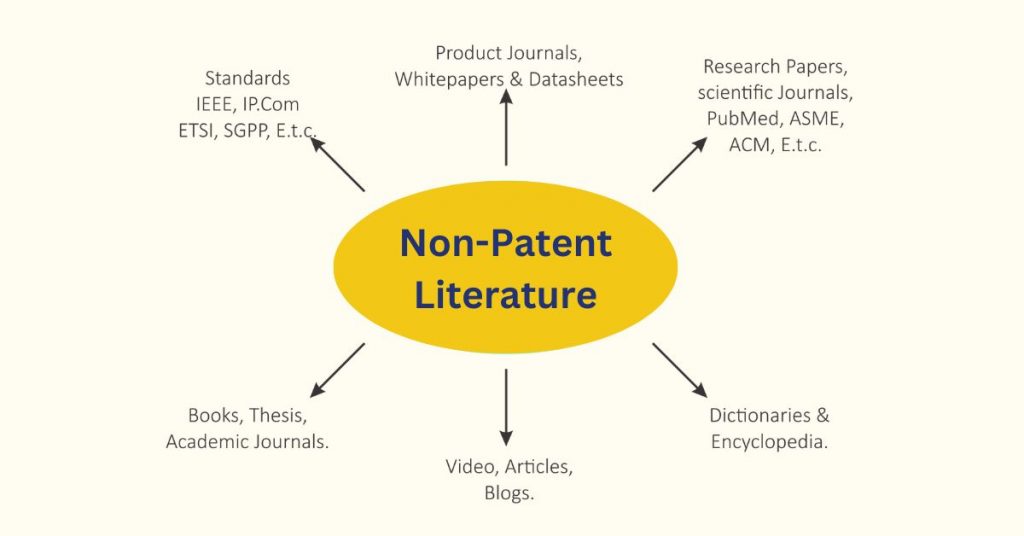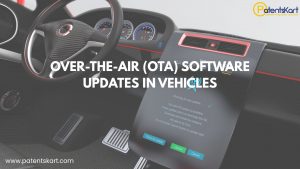Non-patent literature (NPL) can be used in a variety of ways to support the search for valuable patents. One can, for instance, search for patents that integrate major concepts and improvements related to their field of expertise by first looking through the National Patent Literature (NPL).
Let’s think about the following situation to illustrate this approach.
- To get started, choose a few foundational non patent literature resources that are directly applicable to your research questions. Suppose you’re interested in renewable energy, for instance. In that case, you may begin by reading scholarly articles, conference proceedings, and official government publications on such subjects as solar power, wind power, and biofuels.
- Having located some potential non patent literature sources, you can now utilize a text mining or information retrieval method to isolate the most pertinent ideas and technology. For this purpose, many people turn to programs like Latent Semantic Analysis (LSA), Latent Dirichlet Allocation (LDA), and word2vec. Find frequently used words and phrases in the NPL sources with the aid of these tools.
- Having identified the most important ideas or technologies, a patent search engine may be used to locate other patents that make use of those ideas or technologies. You may search for patents using keywords or phrases in several patent databases including Google Patents, Espacenet, and the USPTO’s full-text database.
The International Patent Categorization (IPC) provides a hierarchical classification scheme for organizing patents according to their respective technological fields.
Following the search, you may examine the returned patents to pick out the ones that are most pertinent to your investigation.
Although this is a frequent method, it is not the only way to utilize NPL to locate applicable patents. A further application of non patent literature is to be used as prior art in determining whether a new patent application is innovative and non-obvious. One way to accomplish this is to check the non patent literature against the patent application to determine if the technology or invention being patented has already been disclosed or used.
This is only a high-level summary of one way to use non patent literature to track out applicable patents. There may be alternative methods that can help you find and get useful patents more quickly and efficiently, depending on your circumstances.







